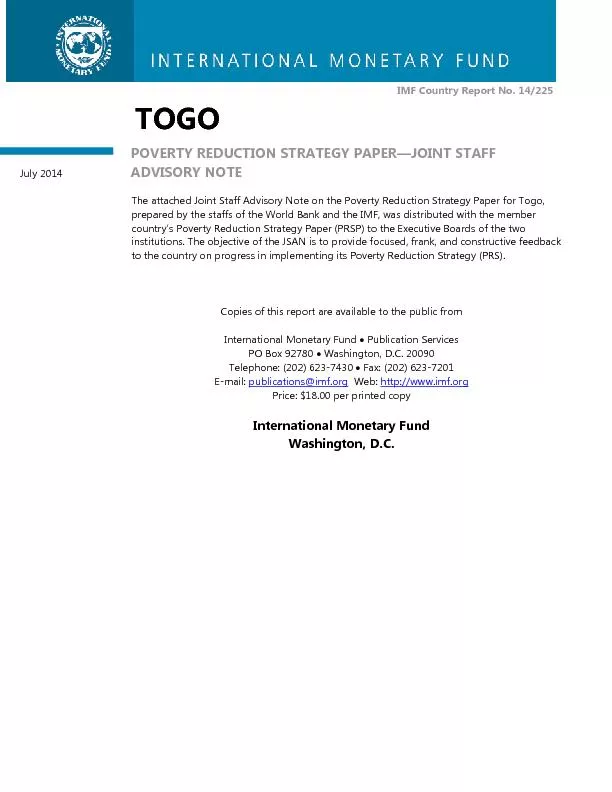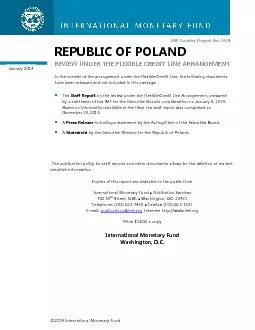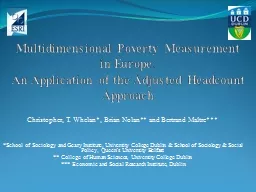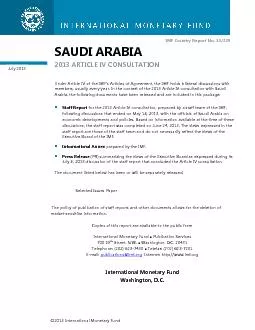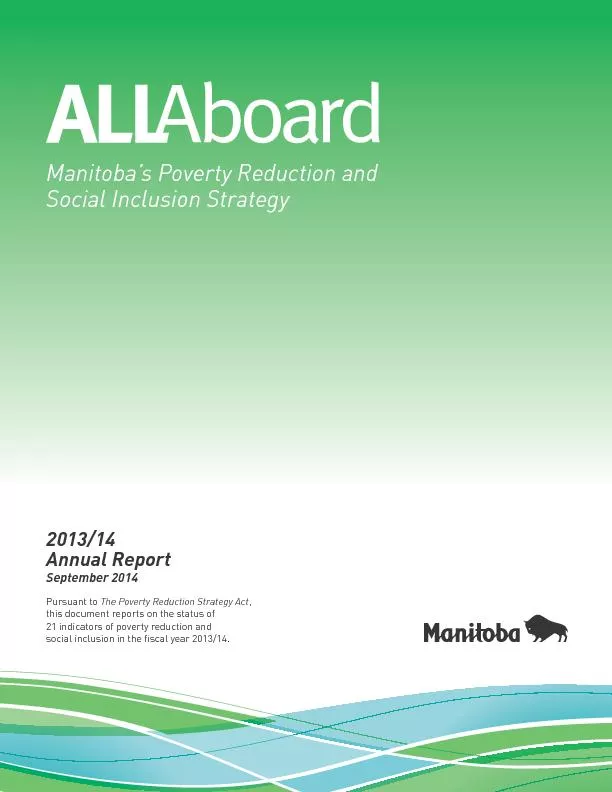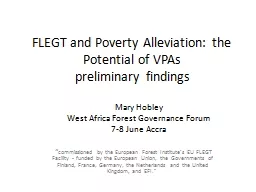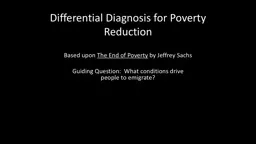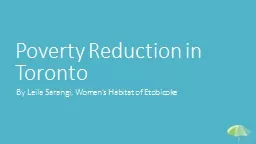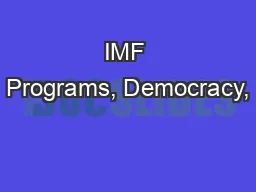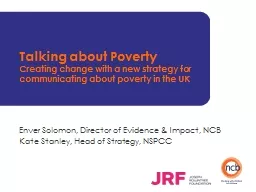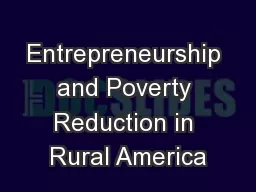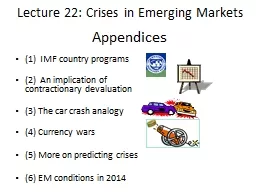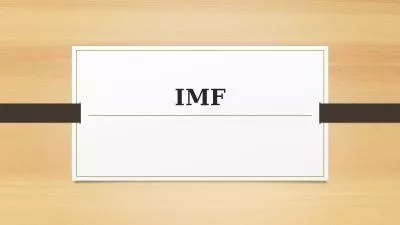PDF-IMF Country Report No. 14/225 POVERTY REDUCTION STRATEGY PAPER
Author : natalia-silvester | Published Date : 2016-08-14
httpwwwimforg Price 1800 per printed copy International Monetary Fund Washington DC July 2014 PROMOTING EMPLOYMENT SCAPE 2013
Presentation Embed Code
Download Presentation
Download Presentation The PPT/PDF document "IMF Country Report No. 14/225 POVERTY RE..." is the property of its rightful owner. Permission is granted to download and print the materials on this website for personal, non-commercial use only, and to display it on your personal computer provided you do not modify the materials and that you retain all copyright notices contained in the materials. By downloading content from our website, you accept the terms of this agreement.
IMF Country Report No. 14/225 POVERTY REDUCTION STRATEGY PAPER: Transcript
Download Rules Of Document
"IMF Country Report No. 14/225 POVERTY REDUCTION STRATEGY PAPER"The content belongs to its owner. You may download and print it for personal use, without modification, and keep all copyright notices. By downloading, you agree to these terms.
Related Documents

